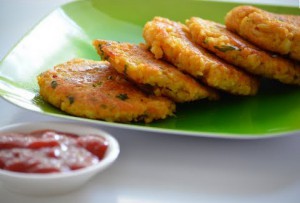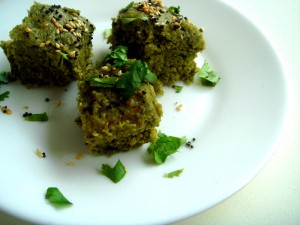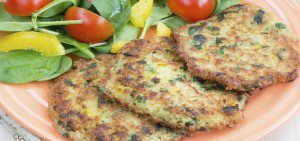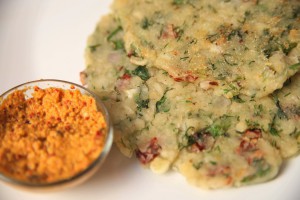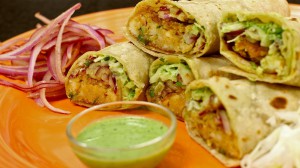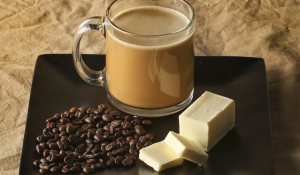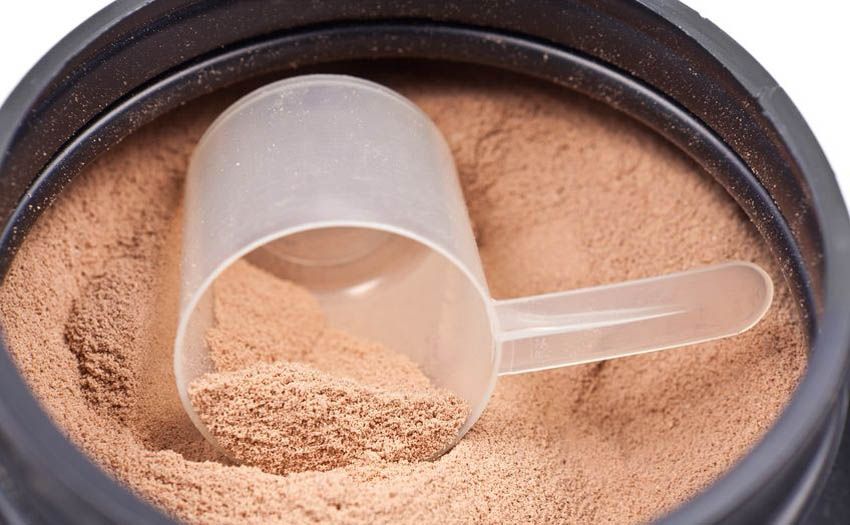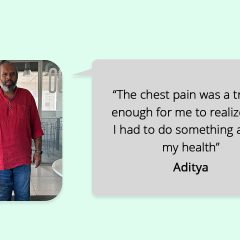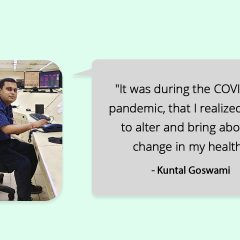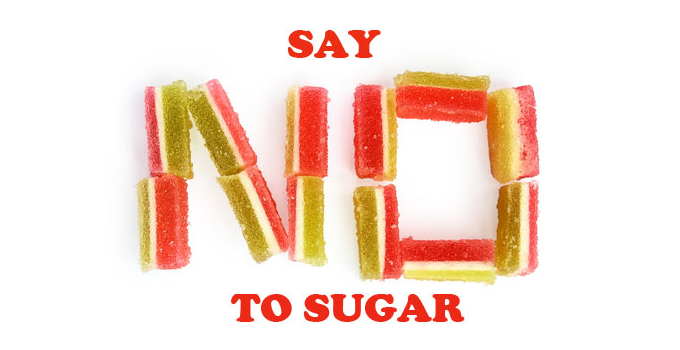
How difficult it is when you love something beyond a limit and have to suddenly let it go? It’s very difficult. I went through this very recently when I let go of eating ‘Sugar’ for few days. Here is what I went through.
Being a qualified nutrition and dietician, the important aspects that are top of the mind for me is food, fitness, nutrition and everything that is necessary for a healthy lifestyle. Moreover, Challenges always attracts me. I have always liked to challenge myself as it gives me an insight about how strong my will power is and my potential to handle tough situations.
The Sugar Challenge was one such challenge that was thrown open to me. At GOQii office, we come up with challenges at frequent intervals related to fitness for our coaches and players. And, Sugar Challenge was one such challenge that was thrown open to us. I just could not resist taking it up more so given the fact that I love sweets- chocolates/pastries and everything else that is sweet. In a way I was a ‘Sugar Addict’.
I wanted to check whether I could stay away from eating sweets as the sugar challenge meant complete abstinence from refined sugar and food items that is either made of sugar or contained sugar like chocolates/sweets/bakery items. Why bakery items? Yes because even bread/toast/buns does contain SUGAR in good quantities.
Sugar is an addiction and you could call it a poison which makes you sluggish and gets stored as fat! I thought to myself it can’t get any better than this. This challenge could only keep me away from sweets specially chocolates. Some of my colleagues also joined me in this challenge. I guess when you know you have company to take up such a challenge it becomes a fun activity and you do not tend to perceive it as a challenge anymore. Also you are motivated to push yourself daily to keep at the challenge.
The next big question that popped was for how many days should we go for this challenge? 1 day was too less. (how I wish).. so we decided we would take it up for a week. At the back of my mind the top most thought was are 7 days too much? Will I be able to complete it successfully? But, then I felt no harm in giving it a shot.
With all enthusiasm, we started with the challenge. First 3 days were easy as still the excitement was at its peak. However, on the 4th day, it was a friend’s birthday and all the efforts went down the drain.. as I ended up having a piece of cake. The very next moment I was feeling extremely guilty about breaking the challenge.
Then, I thought there is always a next time and this time I was very sure that I am gonna follow the challenge diligently for all 7 days.. I gave the challenge another shot and this time around more strictly. So what did I do to keep to the challenge and not cheat?
First I stopped taking sugar in my teas. Secondly, as and when I used to get a sugar cravings I used to opt for healthy alternatives like dates/dried figs/fruits/chikki (as all of these sweets have jiggery in them which is a healthy alternative to refined Sugar).
Jaggery is not counted as sugar. It is comparatively healthier than sugar due to its trace mineral composition. Ideally, sugar is acidic in nature where generally pathogen breeds. When I took this challenge my constant effort was to make my body alkaline by having more of veggies/fruits/whole grain etc. Sugar makes you crave for more sugar and if you restrict it, it leads to mood swings and behavioural changes. Also, it makes your body dehydrated and fastens ageing process.
I found sweet substitutes as I said earlier, or set small milestones during the challenge to reach my goal. The benefits of staying off sugar made me feel lighter, increased my metabolic rate, made me more active and helped in getting rid of the toxins. Imagining a better me kept me motivated. And thus, I was able to successfully complete my sugar free challenge for 7 days.
It was a big accomplishment for me as never in my life, had I imagined that I would be able to stay away from chocolates for so long! This challenge has motivated me to the next level of consuming less or no sugar at all in the future.
Anyone can take up this challenge, if they want to get off their addiction and lead a better life. Even, people suffering from hypertension, diabetes can take up this challenge. For a diabetic, if the person’s sugar drops, a fruit would do. For individuals suffering from severe hypoglycemia, I would not recommend this challenge. Even otherwise I would advise that this challenge should be done under the supervision of your dietician, personal trainer or doctor. After this challenge, I do not get any more sugar cravings which has made a Happy me!
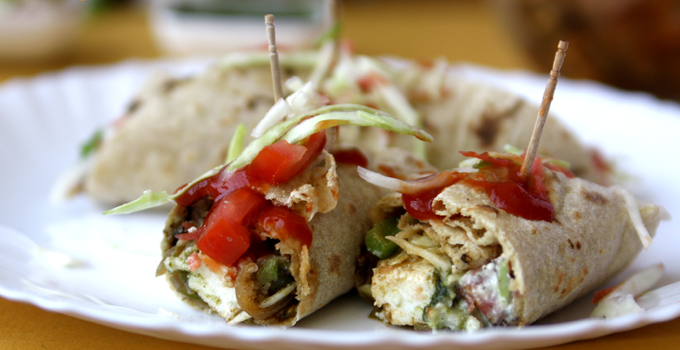 Along with being a lifestyle coach and nutritionist, I play one more dual role that of a homemaker and a mother. The big question that always arises is what snacks can we make which are healthy and quick to make at the same time, right?
Along with being a lifestyle coach and nutritionist, I play one more dual role that of a homemaker and a mother. The big question that always arises is what snacks can we make which are healthy and quick to make at the same time, right?